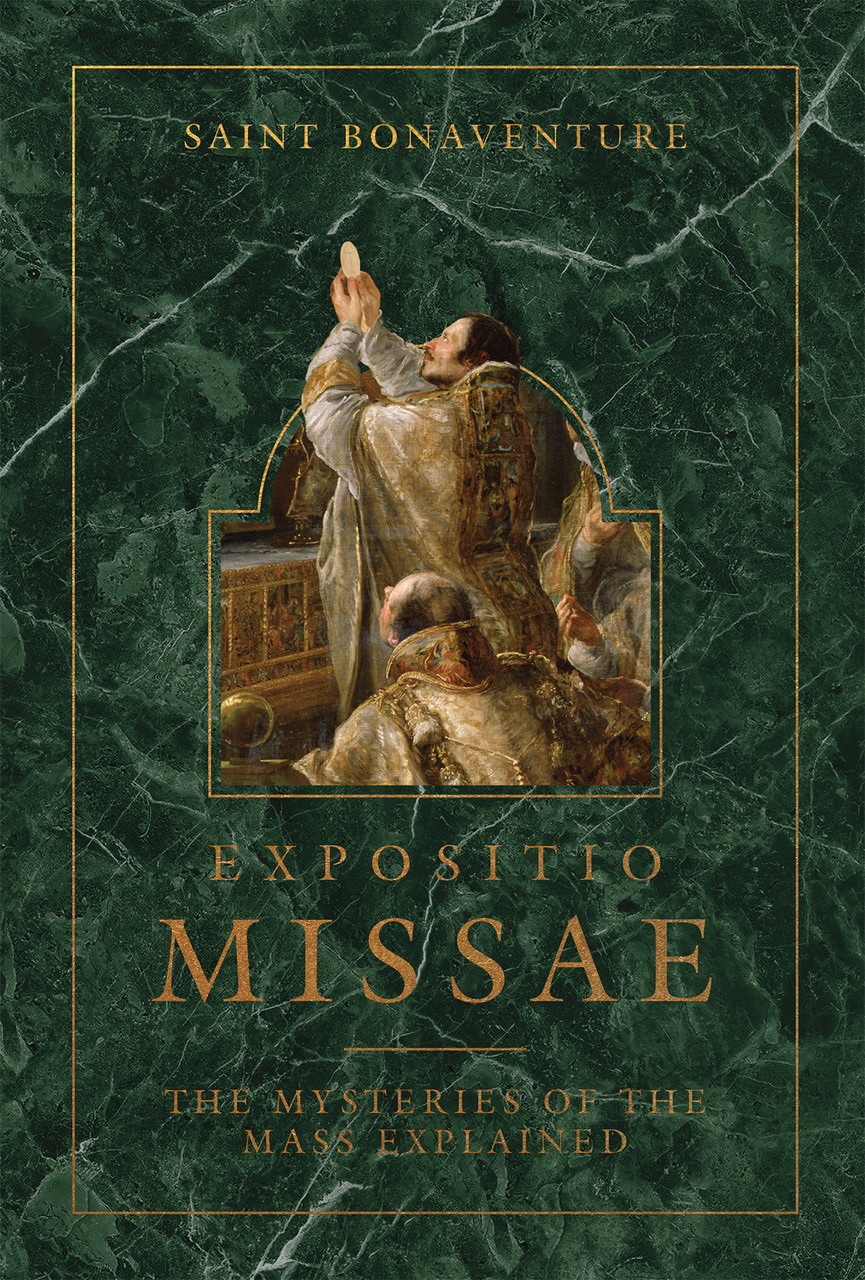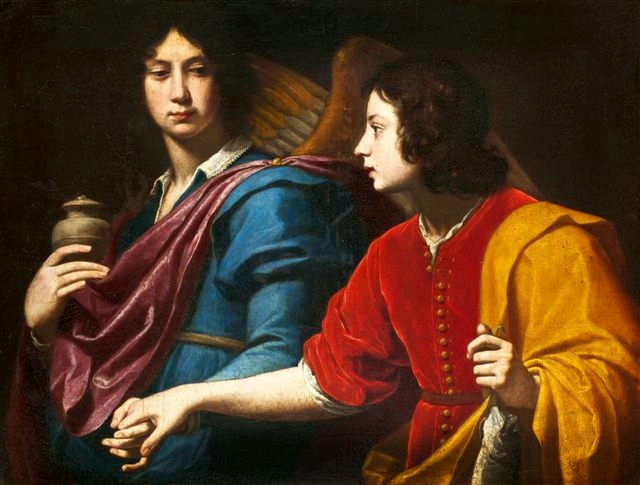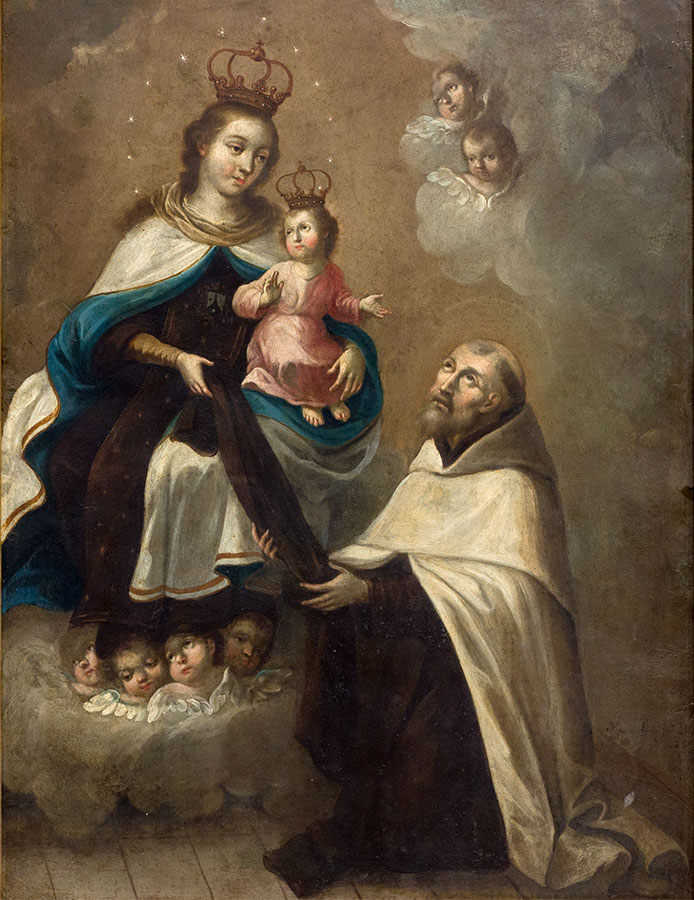Discover the symbolism behind the exchange of peace and the Agnus Dei as explained by Saint Bonaventure in Expositio Missae: The Mysteries of the Mass Explained.
Threefold Peace
As the particle of the Body of Christ is placed into the chalice, the priest says in a clear voice, “The Peace of the Lord.” By these words, in combination with the threefold division of the consecrated Host, the threefold peace which Christ left His disciples is signified. This threefold peace consists of temporal or earthly peace, peace in one’s heart, and eternal peace.
The priest says, “Peace be with you,” to which those present respond, “And with your spirit.” In these words, it is as if the congregation is saying to the priest, “You have wished peace for us: may this same peace which you desire for us remain also with your spirit, insofar as you partake of the divine mysteries. May you be filled with all spiritual joy!”
Three Kisses of the Altar
The threefold peace that is signified here is symbolized in the three kisses of the altar, which are made by the priest during the course of the Mass—namely, those at the beginning, in the middle, and at the end. For when Christ was born in human flesh, He brought a new era of peace into this world, and so granted us temporal peace. This peace is designated by the first kiss of the altar, which the priest makes at the beginning of the Mass. The second form of peace is internal peace, or the peace within one’s own heart and conscience. This second form of peace is represented by the second kiss of the altar, which the priest makes when he pronounces the words, “In humble prayer we ask You, almighty God. . . .” For when Christ died for us upon the Cross, He reconciled us to God and to the holy angels, and thereby restored peace to our hearts and consciences. To confirm this peace, He allowed His own chest and side to be opened with a lance, so that we may enter into His own perfect peace of heart. The third form of peace, which is eternal peace, is symbolized in the final kiss of the altar, which the priest makes at the end of the Mass. Christ opened this peace up for us when, having fulfilled all that was written in the Law and the Prophets, He ascended in triumph to the Father in heaven. Similarly, with the sacrifice of the Mass being completed and fulfilled, this final kiss of the altar represents the ultimate and everlasting peace which is promised to us in the kingdom of heaven.
The Varied Tone in the Mass
It is to be noted that from the Lord’s Prayer until the end of the Mass, different parts are vocalized in different ways. Some are said in an undertone by the priest, whereas others are sung by him in a clear voice, and others are sung or spoken by the choir or assembly. This reflects that after Christ had risen from the tomb, His modes of presence were varied. Sometimes He appeared clearly and visibly before the apostles to dispel from their hearts the silence of sorrow. But at other times, His physical presence was not visible, and it was as if He vanished from their sight. For it is read that during the forty days between the Resurrection and the Ascension, Christ appeared to His disciples some ten times; but on other occasions, He completely hid Himself from view. This variability is reflected in the varied tone in which the words of the Mass are presented (sometimes clearly and perceptibly, and at other times in such a manner that they are inaudible to the assembly) from the Lord’s Prayer until the dismissal. For this portion of the Mass may be understood as symbolically corresponding to the time from the Lord’s resurrection from the dead until His glorious ascension into heaven.
The Lamb of God
Next follows the “Lamb of God.” This was introduced by Pope Sergius [I], to be sung with the utmost devotion during the breaking of the consecrated Host. The word agnus (“lamb”) is derived from agnoscendo (“knowing”), for a lamb knows its own mother, simply by hearing her bleating. Thus it was that Christ, the Lamb of God, truly and completely knew His Father through obedience. He similarly knew His blessed Mother through His reverence and love, as He commended her to His own beloved disciple, John, as He faced death. Christ is indeed the true Lamb of God, Who alone was perfectly innocent; and it was on account of this perfect innocence that He was so cruelly killed. Thus it is that the Church sings out, “They shall mourn for Him as for an only begotten Son, for the innocent God has been killed.”
We customarily sing Agnus Dei (“Lamb of God”) three times. In doing this, it is as if we proclaim, “Lamb of God,” Who knew the Father through perfect obedience, “have mercy on us; Lamb of God,” Who knew Your Mother through reverence and love, “have mercy on us; Lamb of God, Who take away the sins of the world” through Your immaculate innocence, “grant us peace.” The triple singing of the Agnus Dei may also be understood as a fervent beseeching that we be liberated from all evils and sins—past, present, and future.
The Exchange of A Kiss of Peace
Following this, a kiss of peace is exchanged amongst those present. This was introduced by Pope Innocent (I). This action is a sign that it behooves us to cleanse ourselves of all bitterness of heart. For if we are in conflict, animosity, and discord with each other, we cannot be perfectly united as the Body of Christ. This is expressed by the apostle Saint John when he writes, “Whoever hates his brother is a murderer, and we know that all who hate their brethren do not have a part in the kingdom of God.” Let us therefore hold peace with our neighbors, and peace among ourselves, by being united with each other in sincerely loving Christ! In this manner, with the grace of Our Lord Jesus Christ, shall we attain the celestial peace which endures forever.
ooo
This article is taken from a chapter in Expositio Missae: The Mysteries of the Mass Explained by St. Bonaventure which is available from TAN Books.









